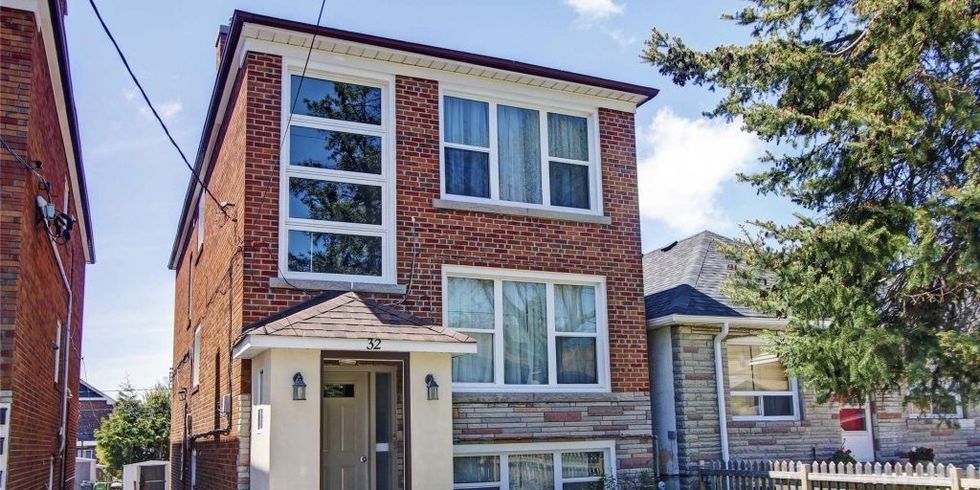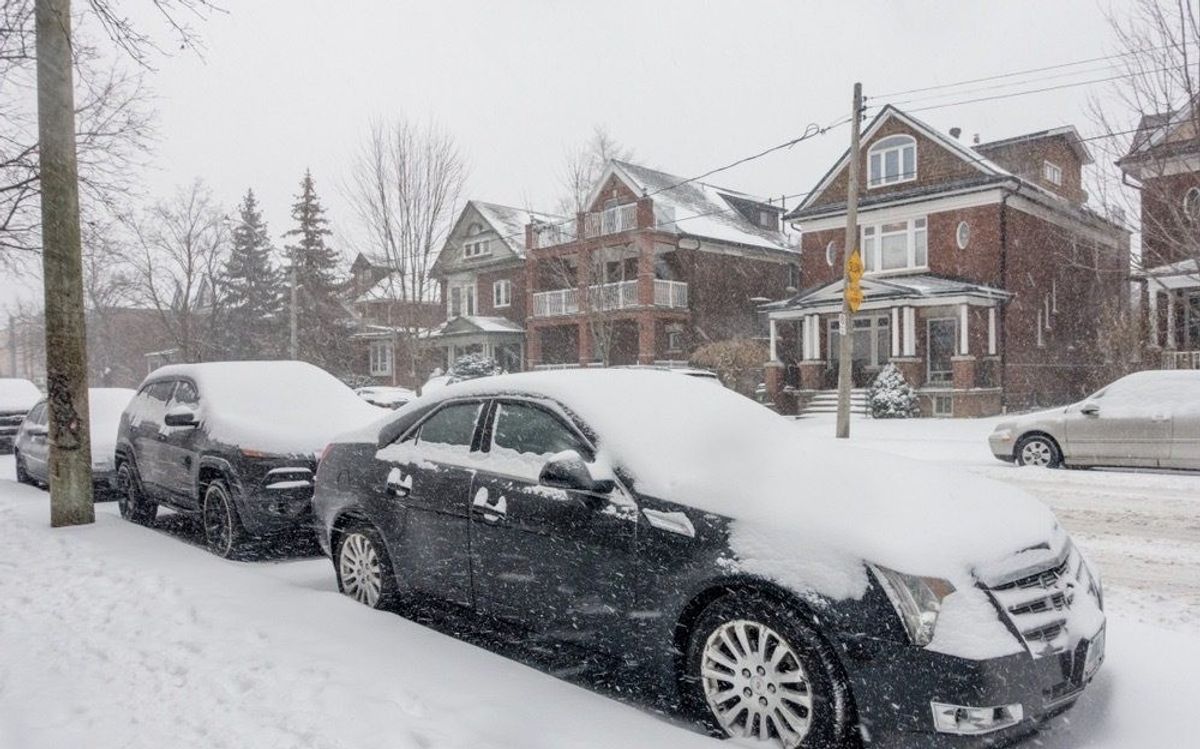As housing prices continue to skyrocket across Ontario, the province needs to look at innovative ways to encourage the construction of affordable homes.
Recent data from the Canadian Real Estate Association (CREA) shows that the average sale price for a home in Ontario was $834,932 in August, increasing by 15.1% year-over-year. According to the real estate association, the more comprehensive year-to-date average price was $857,755, a gain of 25.7% from the first eight months of 2020.
As prices continue rising, Ontarians are being priced out of the market -- bringing the dream of owning a home increasingly out of reach.
The Ontario Real Estate Association (OREA) is calling on the Ford government to take the necessary steps to tackle the province's affordability crisis by ending Ontario's exclusionary single-family zoning rules in high-demand areas.
READ: Toronto's Housing Market is Tighter Than it's Been in Years… Don't Expect That to Change
OREA CEO Tim Hudak says it doesn't make sense that in Ontario cities, you can convert "a bungalow into a monster four-storey home for one wealthy family, but you cannot build affordable townhomes for multiple families without red tape, runaround, and exorbitant costs."
" Exclusionary zoning policies are at the heart of Ontario's housing affordability crisis in high-growth areas, and it's time the province steps in to modernize these archaic laws," said Hudak.
Currently, it is illegal in Toronto neighbourhoods to convert a single-family home into a townhome, duplex, triplex or fourplex without a zoning by-law change.
Understandably, making changes to zoning by-laws delays projects for lengthy periods and costs additional money and leaves people without an affordable home.
These outdated zoning laws encourage NIMBY ('not in my backyard') forces to drive up costs of homes or drive away affordable homes in a neighbourhood entirely.
Now, the real estate association is encouraging the province to use the Planning Act to implement as-of-right zoning in Ontario's highest-demand urban neighbourhoods. This change would allow the "seamless and legal development of gentle density."
Allowing this change could see much-needed duplexes, triplexes, and fourplexes built next to existing density and close to subway and transit stations without unnecessary and lengthy case-by-case approvals.

"You cannot grow south into Lake Ontario or north into the Greenbelt, so we need to use the space in between to create more homes and give more choice to Ontarians," said Hudak. "High home prices are evidence enough that there are not enough homes to accommodate growing families across the province."
Hudak says "archaic rules and regulations" are holding up new developments and exacerbating the problem –- further keeping the homeownership dream out of reach for millennials and young families.
According to recent OREA research conducted by Abacus Data, almost 7 in 10 Ontarians say housing affordability needs to be a top priority for the government. In contrast, 78% say they would support minimum zoning in urban areas to encourage more homes.
While OREA'S plan is ambitious, it's just one solution to chip away at the massive iceberg that is Ontario's affordability crisis.
Alex Obradovich, a sales representative for Chestnut Park, told STOREYS that he believes the province needs to develop more meaningful short and long-term solutions concerning the affordability of real estate within the Greater Toronto Area and commit to those plans.
"It's not a one policy fix. It will require multiple policies to make a meaningful impact on the market. Policies put in place during COVID, interest rates, supply constraints, average wages, and many other factors play into what we are seeing in today's market," said Obradovich.
OREA's recommendations to implement as-of-right zoning is part of the association's larger plan to make housing more affordable for young families in Ontario. In addition to ending exclusionary single-family zoning, OREA also proposes reducing costs for first-time home buyers, reducing approval times for builders, and permitting innovative housing solutions.
"On the heels of a federal election focused on housing affordability, this issue remains top of mind for many who badly want all levels of government to help bring affordability home – and that starts with increasing and improving housing supply," said Hudak.





















